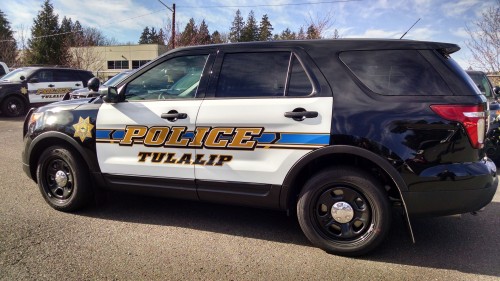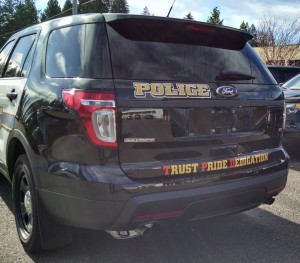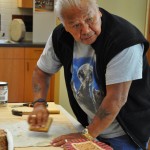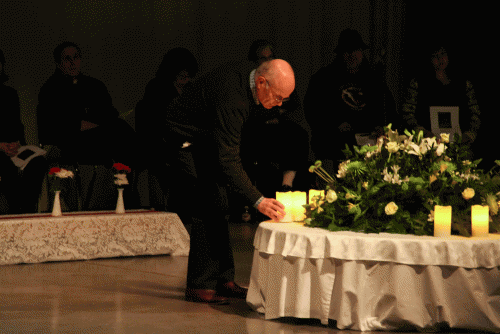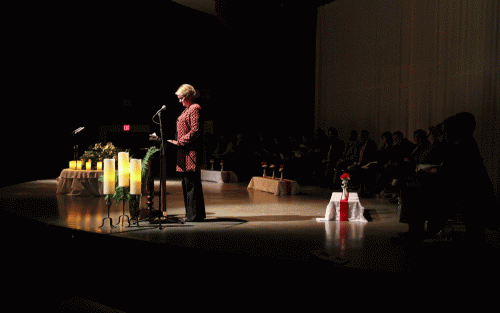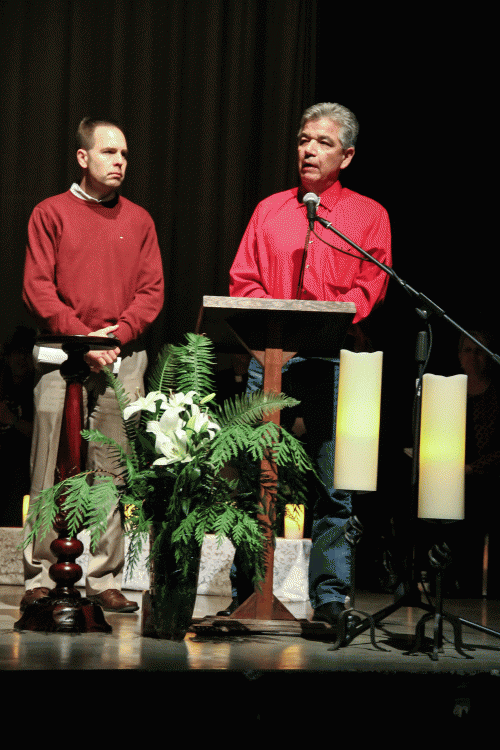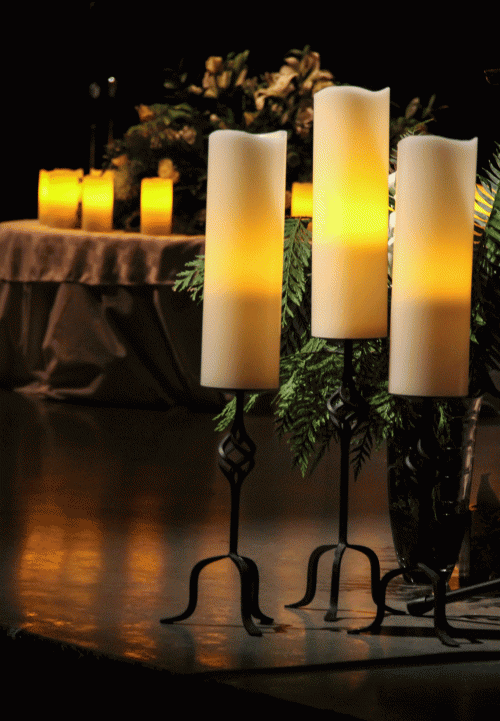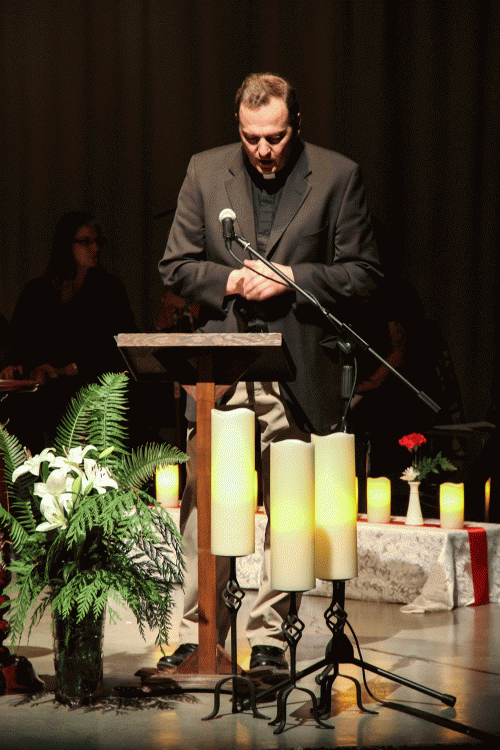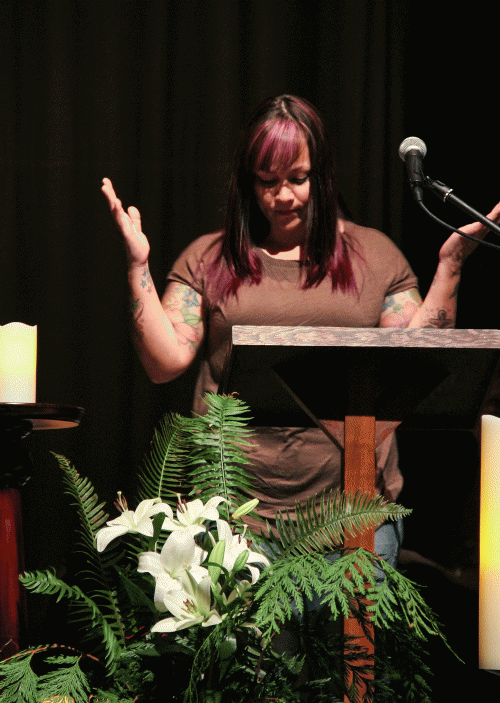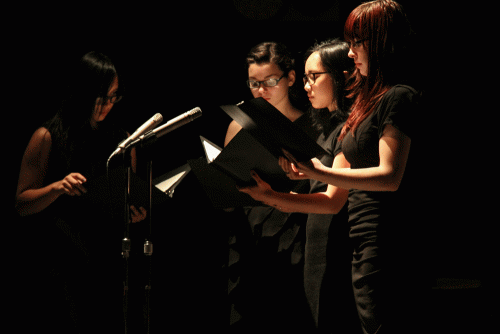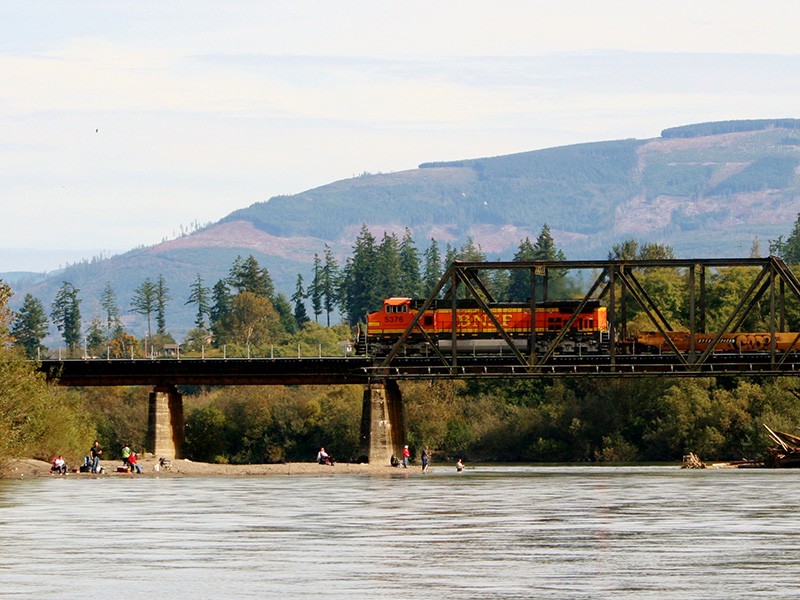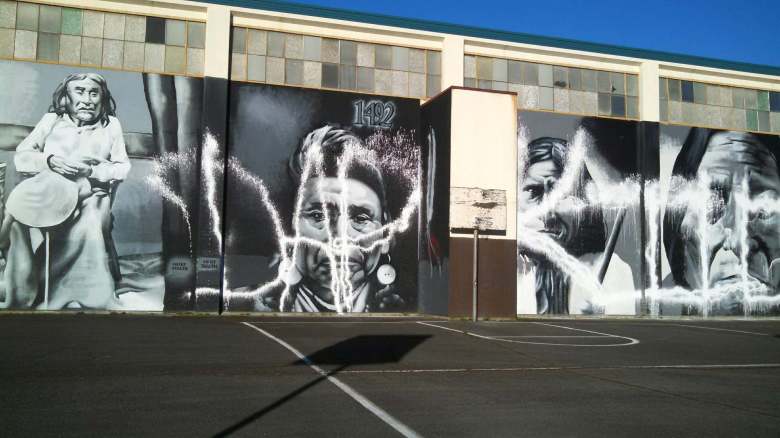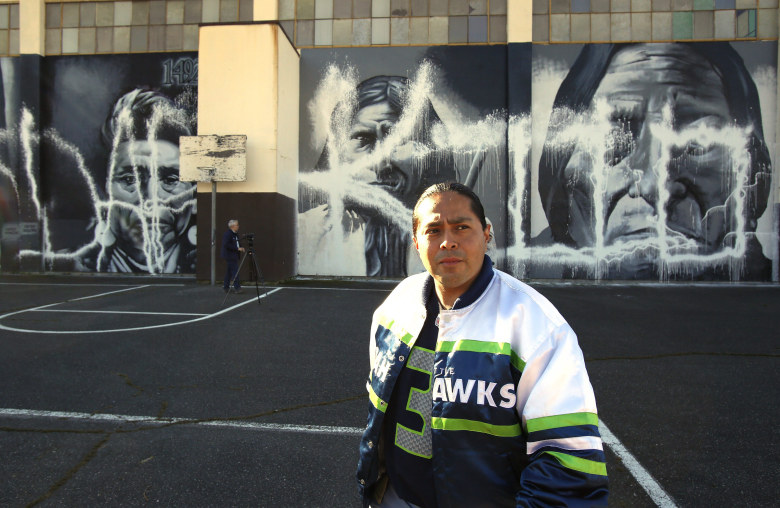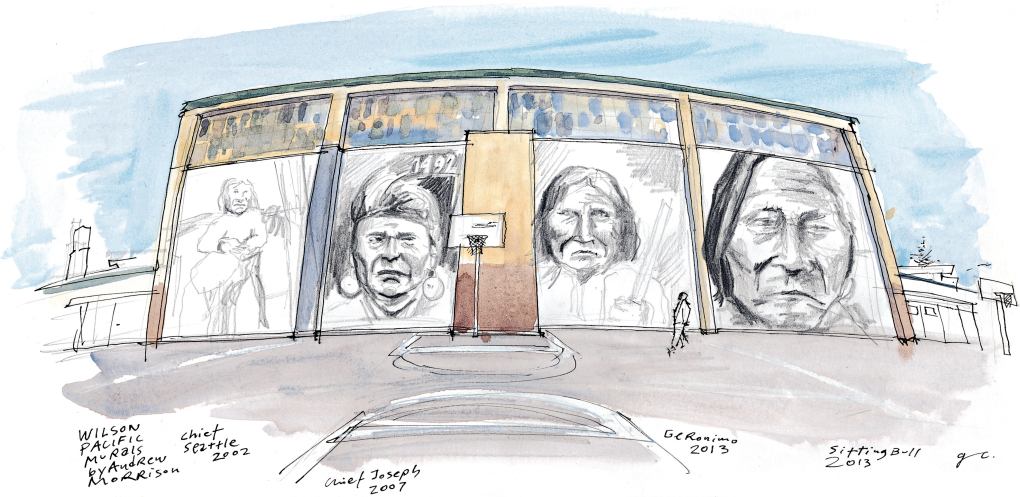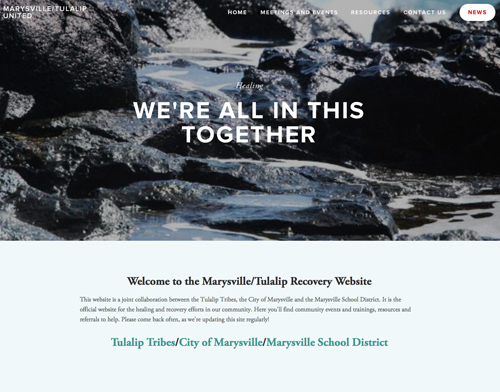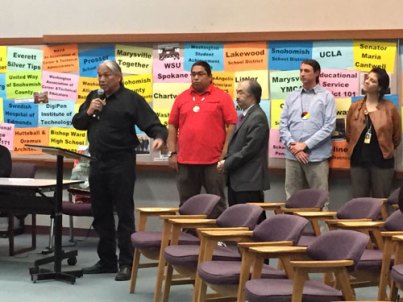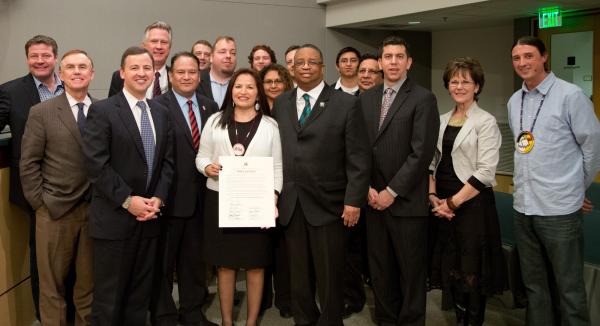Seattle—“Culture is not stagnant. Through contact and the technological revolution, Tlingit culture is constantly adapting, observing, and searching for its place in the world,” said Alison O. Bremner, Tlingit artist.
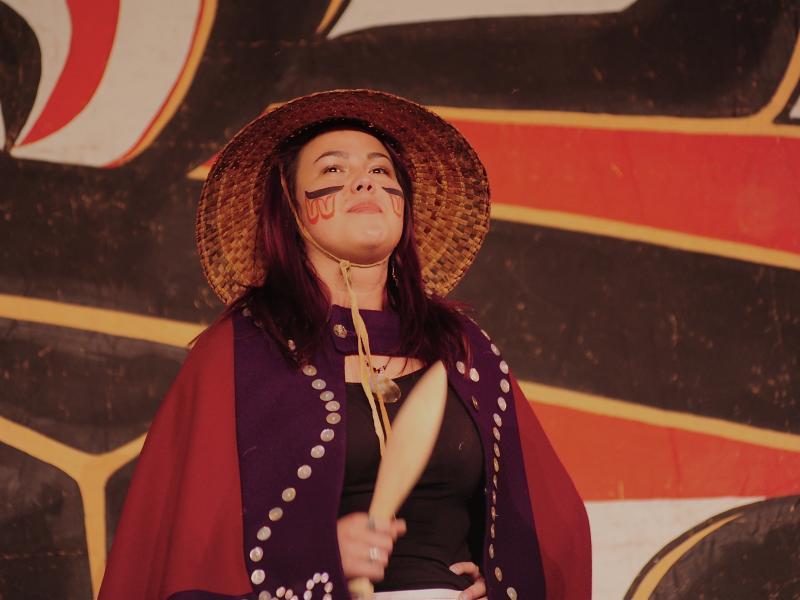
Photo by Steve Quinn
Bremner is one of 13 artists participating in the Burke Museum’s Northwest Native Art Marketon Sunday, March 29. Born and raised in Southeast Alaska, painting, sculpture, jewelry and digital collage are a few of the mediums she employs. In addition to her contemporary practice, Bremner is committed to the revitalization of Tlingit culture in her hometown of Yakutat, Alaska.
Presented in conjunction with the Here & Now: Native Artists Inspiredexhibit, the Burke is hosting a weekend-long celebration of Northwest Native art. Don’t miss this unique opportunity to purchase original works directly from artists. Also attend a two-day art symposium that brings together Native artists and scholars to discuss current trends in the distinctive art traditions of the region.
ArtShop: Northwest Native Art Market
Sunday, March 29, 10 am – 4 pm
Burke Museum
Included with museum admission; FREE for Burke members or w/UW ID
Don’t miss this unique opportunity to purchase original art directly from artists. The market will feature prints, jewelry, apparel, carvings, sculptures, and other works by 13 emerging and established Northwest Native artists. Art demonstrations including basket weaving, skinning and painting a drumhead, carving using traditional tools, and jewelry-making will be ongoing throughout the event.
100% of proceeds go directly to the artists.
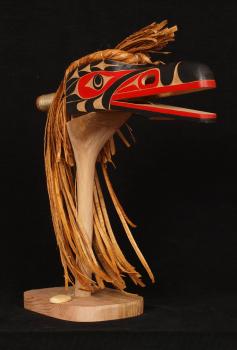
Photo courtesy of Alex McCarty.
Participating Artists:
Alex McCarty (Makah): Woodwork
Alison Bremner (Tlingit): Jewelry
Charles W Bloomfield (Pyramid Lake Paiute): Apparel
DeAnn Jacobson (Duwamish/Suquamish): Bead work
Israel Shotridge (Tlingit): Jewelry, woodwork, graphic design
Jason Reed Brown (Koyukon Athabascan): Metal work
Jennifer Younger (Tlingit, Kaagwaantaan): Jewelry
Joseph (wahalatsu?) Seymour, Jr. (Squaxin Island/Pueblo of Acoma): Drums
Linley Logan (Onondowaga AKA Seneca): Prints and cards
Lou-ann Neel (Kwakwaka’wakw): Jewelry
Mary Goddard (Tlingit): Woven Jewelry
Michelle Price (Navajo): Cedar vases
Roger Fernandes (Lower Elwha S’Klallam): Original paintings & design
Northwest Native Art Market Media Sponsor: KING FM.
ArtTalk Symposium: Conversations on Northwest Native Art
ArtTalk Keynote Program: We Got Styles!
Friday, March 27, 7 pm, Kane Hall 210, UW Campus
ArtTalk Symposium
Saturday, March 28, 9:30 am – 4 pm, Kane Hall 225, UW Campus
Both days: FREE; pre-registration recommended at burkemuseum.org/events
Join leading scholars and Native American/First Nations artists as they present recent research on Northwest Native Art. The symposium celebrates the 50th anniversary volume of Bill Holm’s influential book, Northwest Coast Indian Art: Analysis of Form. Speakers will examine the last 50 years of combining innovation and tradition, and envision the future of Northwest Coast art.
The weekend program will begin with the ArtTalk keynote. Dr. Robin K. Wright, director of the Bill Holm Center at the Burke Museum, will reflect on the study of Northwest Coast art styles and the remarkable things that have resulted from the interactions between Northwest Coast art scholars and artists over the past 50 years. She will be joined by Shaun Peterson (Puyallup/Tulalip artist) and David R. Boxley (Tsimshian artist) in a conversation about Northwest Coast art styles from their own experience, and what they foresee for the diverse mixture of rapidly expanding Northwest Coast art styles for the next half century.
Talks on Saturday will include topics such as collaborative research, community based scholarship, retrospectives on Northwest Coast art history, indigenous methodologies, and challenging pre-conceptions of contemporary Northwest Coast art.
For a complete schedule of talks and list of presenters, go to burkemuseum.org/events.
This symposium is made possible by support from the Walter Chapin Simpson Center for the Humanities, University of Washington.


